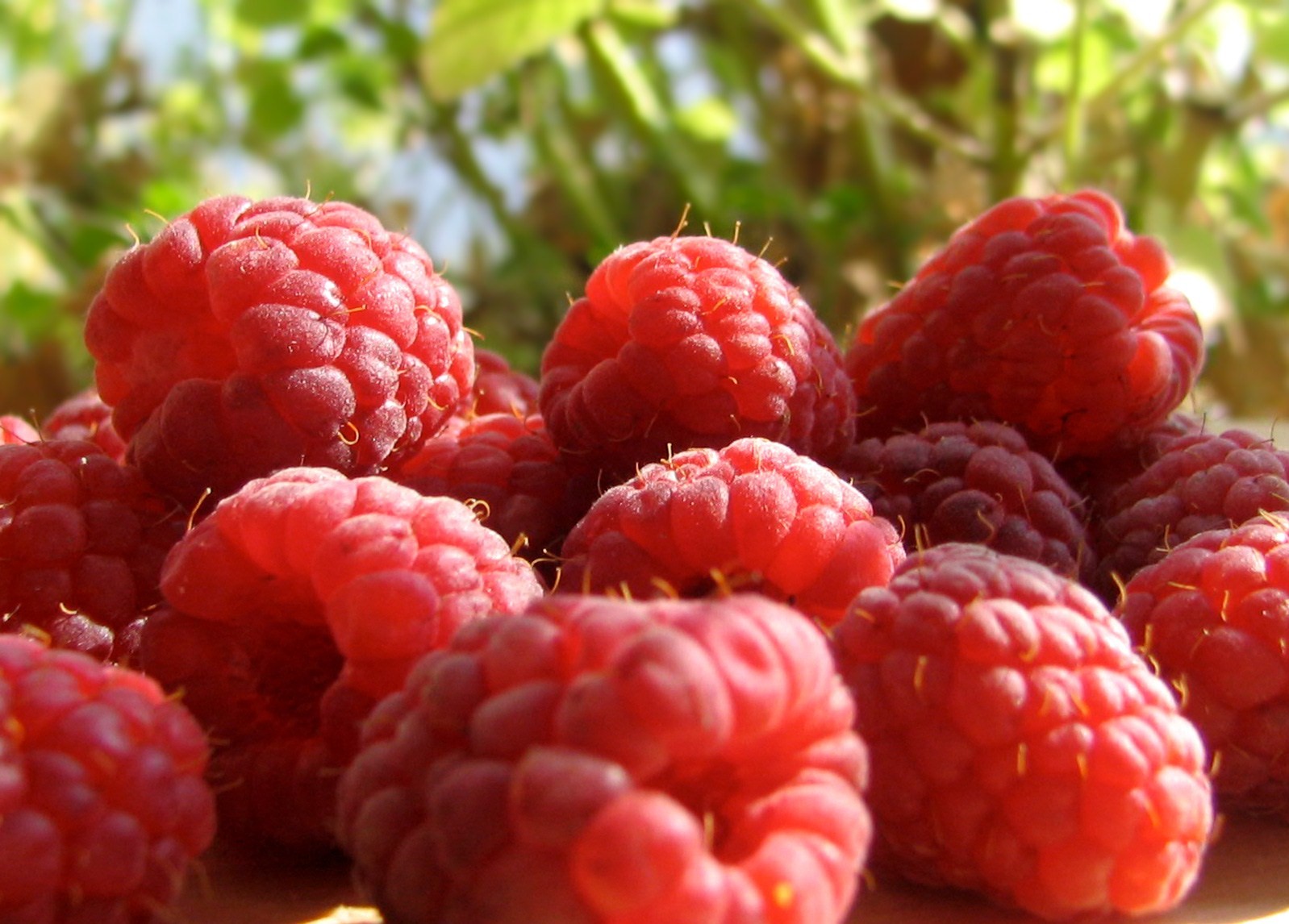 Well its officially fruit wine making time!
Well its officially fruit wine making time!
At time of writing in a lot of North America, cherries are out and juice, strawberries are in full swing and peaches are starting to look good. Even the raspberries are starting to slowly mature.
It is a good time to plan your production, get your equipment ready and cleaned and buy the necessary items and supplies you will need to get the wines made.
It has been a relatively cool spring so the crops are coming in later than normal but the fruit is looking great and it should be a good “vintage”.
For those out there thinking of making a raspberry wine later this summer, here is a nice guideline recipe of one of my own productions that worked out very well:
Raspberry Wine – Off Dry
The raspberries need to be purred in order to remove the seeds. Fermenting on the raspberry seeds may impart sharp bitterness which is not attractive. If no purred raspberries are available, try to crush and strain the juice through a strainer or mesh.
Per one liter volume of raspberry puree, add one liter of water. Add approximately 160 grams of sugar per total liter of liquid.
This should bring the S.G. to around 1.085-1.090. Adjust the S.G. accordingly if it is needed.
The pH should be around 3.2-3.4 and T.A. at 6.5-8 g/L depending on the initial acid of the raspberries.
If the acid is much higher than this, you may have to dilute with water a bit more or add some potassium carbonate to lower the TA.
Add the regular amount of enzymes such as either Fructozym P or Trenollin Super DF. Both work well. Add also the yeast nutrient such as DAP at a rate of 0.4 grams per L.
Mix well then add yeast. I have used Oenoferm but EC-1118 or D-71 will work very well too..
Ferment at no more than 18’C. It should take about two weeks.
After the fermentation is complete, stabilize with SO2, clear with bentonite at a rate of approximately 120 grams per HL. The exact amount is to be determined by bentonite trail tests.
After clearing which takes another two weeks, the wine is filtered. The sugar is adjusted to approximately 1.020-1.025 depending on the final acid and taste trail tests and your own preference.
This will make a full bodied fruit wine with lots of flavour. The wine would also be very good a bit dryer as long as the ratio between raspberries and water is lower to reduce the acids. From previous experience, the strong flavoured, slightly sweeter wines tend to be more successful at wine competitions and most people prefer raspberry wine a bit sweet.
From this base raspberry recipe, many variations of wine can be created. From this base recipe, I have made dry raspberry wine, fortified dessert wines and even a mass market cooler. You just need to play around with the dilution and acid ration and of course final sugar levels.
Happy fruit winemaking and enjoy the coming crops!

I love raspberry wine, but I was flying blind in some of my early efforts. I liked the wine, but I wish I had seen your article back then. I wanted to ask you about enzymatic treatment. I’ve been looking into raspberry composition and it seems pectin content is many times that of grapes. So I’ve been recommending five or six times the amount of pectic enzyme, for raspberries, as for the same weight of grapes. What do you think?
Thanks for the comment. Yes, raspberries do have a higher content of pectin than most grapes but I feel that adding 5x or 6x the regular amount for grape wines may be a bit too much. The fruit breaks down rather well naturally if you are using frozen fruit just from the thawing action. In my opinion, twice the amount would be enough to get proper enzymatic extraction. You may also wish to use a very good enzyme I have had a lot of success with called LAFASE FRUIT. This works wonders on raspberry. Huge, clean extraction and great aroma enhancer.
I’d like to pair raspberry, peach, cherry, and blackberry wines with chocolates for a party? Any suggestions?